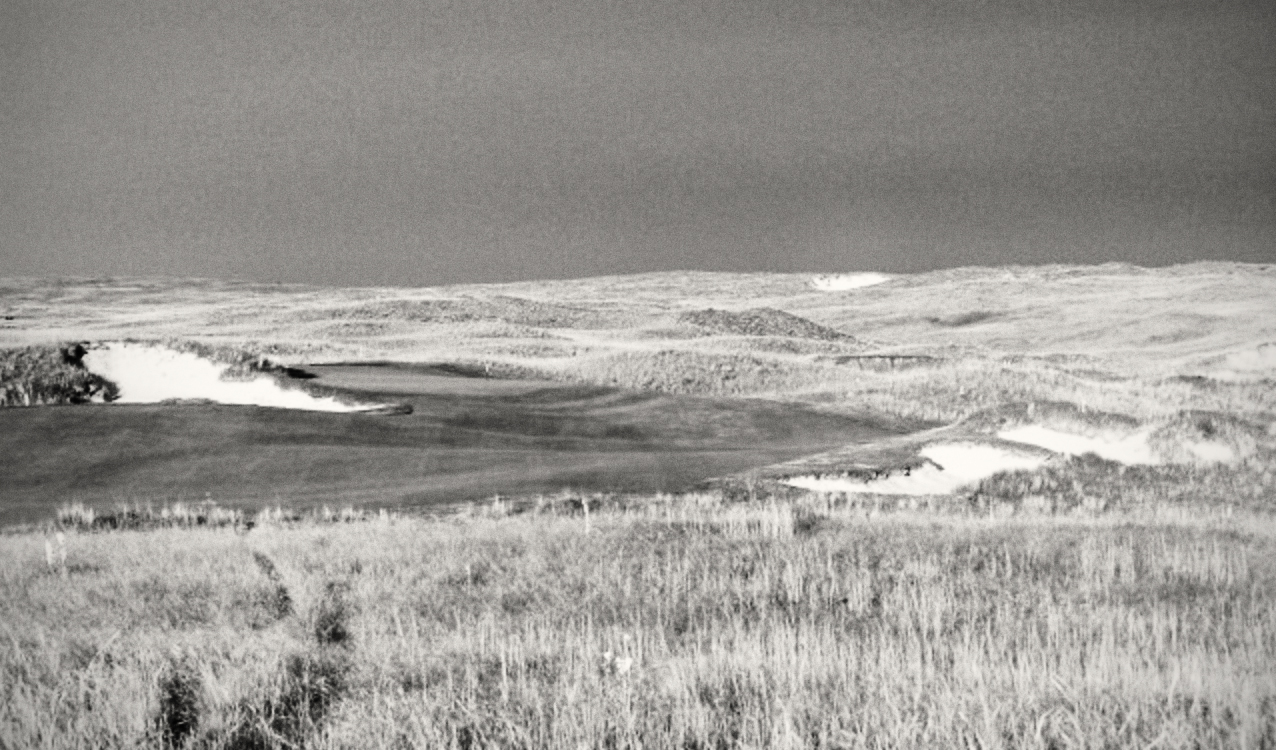The Art of Being Skillful
/As many of you know I enjoy deciphering which elements contribute to being a great wedge player. Ever since I started with my 'Wedge Project' research in 2010 chipping and pitching have really piqued my interest.
My recent testing, and philosophy, has been aligned alongside golfers using one club and applying their skills to control the trajectory and outcome of their shots in close proximity to the green. For ease of illustration and testing I selected a 58º wedge and a 15 yard carry requirement. I then played three different trajectory shots - a high, mid and low shot. I recorded each version in slo-motion and at regular speed along with running TrackMan in the background to capture data on a handful of each type of shot.
As you can tell there is a dramatic difference in the pace required to execute each intended trajectory. The technical changes for each shot changed as follows:
High: ball positioned off front big toe, face square at address and a sense that the handle slows dramatically approaching impact as the clubhead passes the handle prior to impact. Freddie Couples is a good image here.
Mid: ball positioned centrally, face square at address, medium pace and a sense that the shaft will be vertical at impact.
Low: ball positioned off the back big toe, face square with hands forward as a result of the ball position and an upbeat pace that encourages the handle to 'beat' the clubhead to the ball at impact. Zach Johnson's brisk pace comes to mind with this type of shot
At Impact
The TrackMan data provides some interesting differences:
Club Speed: Low 23mph; Mid 30mph; High 37mph
Ball Speed: Low 27.8mph; Mid 28.5mph; High 28.0mph
Smash Factor: Low 1.2; Mid 1.0; High 0.8
Launch Angle: Low 29.6º; Mid 40.6º; High 51.6º
Spin Rate: Low 2230rpm; Mid 1630rpm; High 1250rpm
One thing that struck me was that the average ball speed was the same for each type of shot, yet the club speed was very different. The attack angle was steepest with the lower shot primarily due to the ball position and the shaft lean. I also found it interesting that there was roughly 10º difference in the launch angle of each version.
The numbers might be important for coaches to understand, but what can you, the player looking to save strokes take away?
- Stick with one club around the greens - you'll become a skilled artisan with it in your hands.
- Alter the trajectory with subtle changes at address and less subtle changes in the pace.
- The manner in which you release the clubhead through impact will make a big difference
- Now get to work!
Thanks for reading and please share with a friend. Happy New Year and all the best for a fabulous 2018. #birdies








































